Grow Bok Choy at Home and unlock the secrets to fresh, delicious greens right outside your door! Have you ever dreamed of snipping vibrant, crisp bok choy leaves just moments before adding them to your stir-fry? Well, dream no more! This DIY guide will empower you to cultivate your own thriving bok choy patch, regardless of your gardening experience.
Bok choy, also known as pak choi, boasts a rich history deeply rooted in Chinese cuisine and culture. For centuries, it has been a staple ingredient, celebrated for its nutritional benefits and versatility. From steaming and stir-frying to adding it to soups and salads, bok choy’s mild, slightly sweet flavor enhances countless dishes. But beyond its culinary appeal, growing your own bok choy connects you to a tradition that spans generations.
Why should you embark on this bok choy-growing adventure? In today’s world, knowing where your food comes from is more important than ever. Growing your own bok choy ensures you have access to fresh, pesticide-free produce. Plus, it’s incredibly rewarding to nurture a plant from seed to harvest! I’m excited to share these simple yet effective DIY tricks and hacks that will help you successfully grow bok choy at home, even if you have limited space or a busy schedule. Let’s get started!
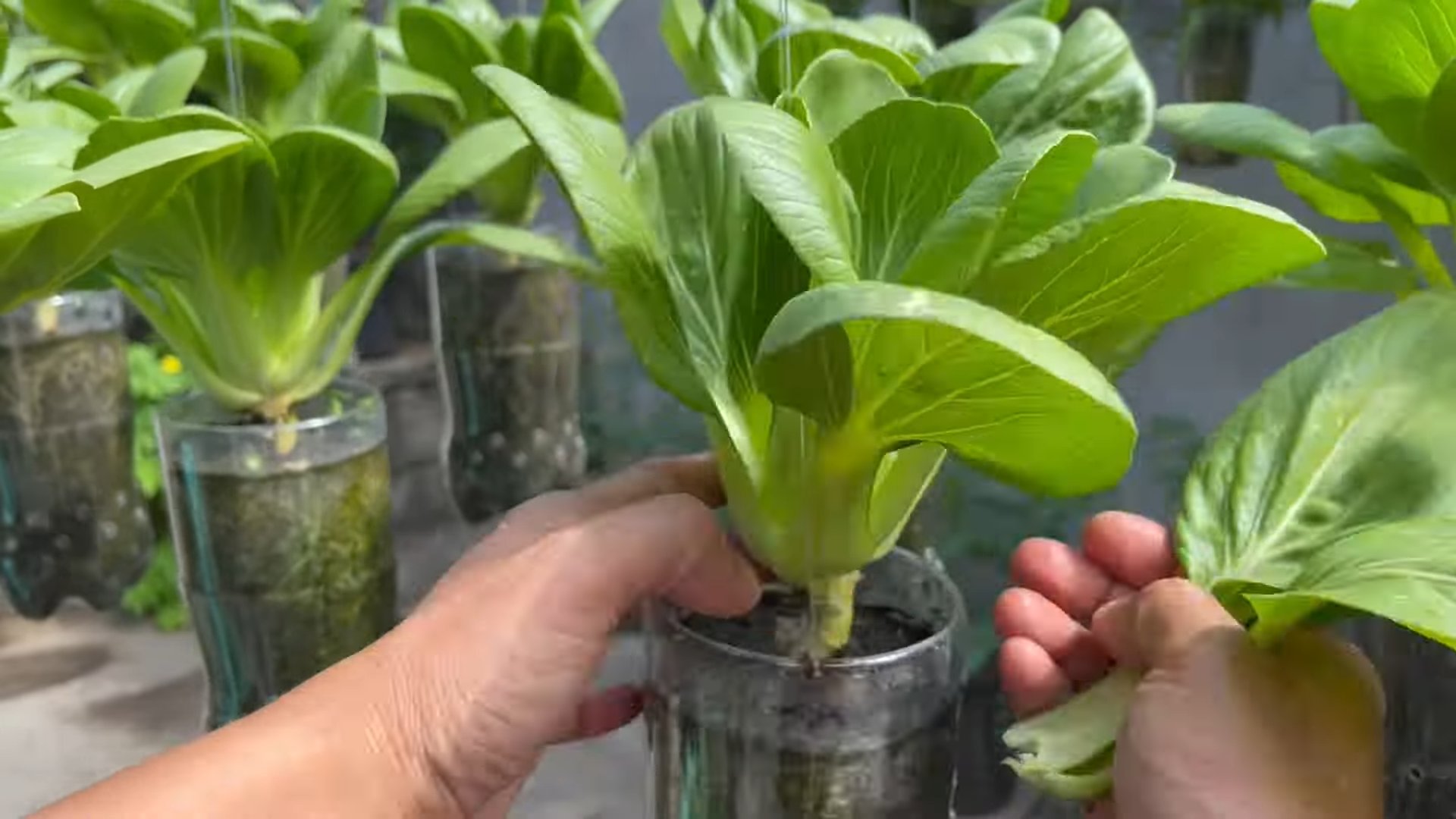
Grow Your Own Delicious Bok Choy: A Beginner’s Guide
Hey there, fellow gardening enthusiasts! I’m so excited to share my experience growing bok choy at home. It’s surprisingly easy, even if you’re a complete newbie like I was. Bok choy, also known as pak choi, is a nutrient-packed leafy green that’s perfect for stir-fries, soups, and salads. Plus, it grows relatively quickly, so you’ll be enjoying your homegrown harvest in no time!
Choosing the Right Bok Choy Variety
Before we dive into the nitty-gritty, let’s talk about bok choy varieties. There are a few different types, each with its own unique characteristics.
* Dwarf Bok Choy: These are smaller, more compact varieties that are great for container gardening or small spaces. They mature quickly and have a milder flavor.
* Standard Bok Choy: These are the most common type, with larger, more upright leaves. They have a slightly stronger flavor than dwarf varieties.
* Baby Bok Choy: As the name suggests, these are harvested when they’re young and tender. They have a delicate flavor and are perfect for salads.
* Red Bok Choy: This variety has beautiful reddish-purple leaves and a slightly peppery flavor. It adds a pop of color to your garden and your plate!
I personally love growing dwarf bok choy because it’s so easy to manage in my small balcony garden. But feel free to experiment and find the variety that you like best!
Getting Started: Seeds vs. Seedlings
You have two options when it comes to starting your bok choy: seeds or seedlings.
* Seeds: Starting from seeds is more economical and gives you more control over the growing process. However, it requires a bit more patience and attention.
* Seedlings: Buying seedlings is a quicker and easier option, especially if you’re short on time or space. Just make sure to choose healthy-looking seedlings with vibrant green leaves.
I’ve tried both methods, and I’ve had success with both. If you’re a beginner, I recommend starting with seedlings. But if you’re feeling adventurous, give seeds a try!
Planting Your Bok Choy
Okay, let’s get our hands dirty! Here’s a step-by-step guide to planting your bok choy:
1. Preparing the Soil
Bok choy thrives in well-drained, fertile soil. Here’s how to prepare the soil:
1. Choose a sunny location: Bok choy needs at least 6 hours of sunlight per day.
2. Amend the soil: Mix in plenty of compost or well-rotted manure to improve drainage and fertility. I usually add a generous amount of compost to my garden beds before planting anything.
3. Loosen the soil: Use a garden fork or tiller to loosen the soil to a depth of at least 12 inches. This will help the roots grow easily.
4. Level the soil: Rake the soil to create a smooth, even surface.
2. Planting Seeds (Optional)
If you’re starting from seeds, follow these steps:
1. Sow the seeds: Sow the seeds about 1/4 inch deep and 1 inch apart.
2. Water gently: Water the soil gently to avoid disturbing the seeds.
3. Keep the soil moist: Keep the soil consistently moist until the seeds germinate, which usually takes about 5-7 days.
4. Thin the seedlings: Once the seedlings have a few true leaves, thin them to about 6-8 inches apart.
3. Planting Seedlings
If you’re using seedlings, follow these steps:
1. Dig holes: Dig holes that are slightly larger than the root balls of the seedlings. Space the holes about 6-8 inches apart.
2. Remove the seedlings from their containers: Gently remove the seedlings from their containers, being careful not to damage the roots.
3. Place the seedlings in the holes: Place the seedlings in the holes and backfill with soil.
4. Water thoroughly: Water the seedlings thoroughly after planting.
Caring for Your Bok Choy
Now that your bok choy is planted, it’s time to take care of it! Here are some tips for keeping your plants healthy and happy:
1. Watering
Bok choy needs consistent moisture, especially during hot weather. Water deeply whenever the top inch of soil feels dry. I usually water my bok choy every other day, but I adjust the frequency depending on the weather.
2. Fertilizing
Bok choy is a heavy feeder, so it benefits from regular fertilization. I like to use a balanced organic fertilizer every 2-3 weeks. You can also side-dress your plants with compost or well-rotted manure.
3. Weeding
Keep your bok choy patch free of weeds, which can compete with your plants for nutrients and water. I like to hand-pull weeds regularly to prevent them from getting out of control.
4. Pest Control
Bok choy can be susceptible to pests like aphids, cabbage worms, and flea beetles. Here are some tips for controlling pests:
* Inspect your plants regularly: Check your plants for signs of pests, such as holes in the leaves or sticky residue.
* Hand-pick pests: If you find any pests, hand-pick them off the plants and dispose of them.
* Use insecticidal soap: Insecticidal soap is an effective and safe way to control many common garden pests.
* Cover your plants: Use row covers to protect your plants from pests.
5. Bolting Prevention
Bolting is when the plant prematurely sends up a flower stalk, which can make the leaves bitter. Bolting is often caused by hot weather or stress. Here’s how to prevent bolting:
* Plant in the spring or fall: Avoid planting bok choy during the hottest months of the summer.
* Provide shade: If you live in a hot climate, provide shade for your plants during the hottest part of the day.
* Water regularly: Keep the soil consistently moist to prevent stress.
* Harvest early: Harvest your bok choy before it gets too mature.
Harvesting Your Bok Choy
The best part of growing your own bok choy is harvesting it! You can start harvesting your bok choy when the leaves are about 6-8 inches long.
1. Cut the entire plant: Use a sharp knife to cut the entire plant at the base.
2. Harvest individual leaves: Alternatively, you can harvest individual leaves as needed. This will allow the plant to continue producing new leaves.
I usually harvest my bok choy in the morning, when the leaves are crisp and fresh.
Enjoying Your Harvest
Now that you’ve harvested your bok choy, it’s time to enjoy it! Bok choy is incredibly versatile and can be used in a variety of dishes.
* Stir-fries: Bok choy is a classic ingredient in stir-fries. Simply chop it up and add it to your favorite stir-fry recipe.
* Soups: Bok choy adds a delicious and nutritious boost to soups. Add it to your favorite soup recipe during the last few minutes of cooking.
* Salads: Baby bok choy is perfect for salads. Its tender leaves and mild flavor make it a great addition to any salad.
* Steaming: Steaming bok choy is a quick and easy way to cook it. Simply steam it for a few minutes until it’s tender-crisp.
* Grilling: Grilling bok choy adds a smoky flavor. Simply brush it with oil and grill it for a few minutes per side.
I love adding bok choy to my stir-fries and soups. It’s such a healthy and delicious way to add some greens to my diet.
Troubleshooting
Even with the best care, you might encounter some problems while growing bok choy. Here are some common issues and how to address them:
* Yellowing Leaves: This can be caused by overwatering, underwatering, or nutrient deficiencies. Check the soil moisture and adjust your watering schedule accordingly. Fertilize your plants with a balanced fertilizer.
* Holes in Leaves: This is usually caused by pests like cabbage worms or flea beetles. Inspect your plants regularly and hand-pick pests or use insecticidal soap.
* Bolting: As mentioned earlier, bolting is caused by hot weather or stress. Plant in the spring or fall, provide shade, and water regularly.
* Slugs and Snails: These pests can munch on your bok choy leaves. Use slug bait or beer traps to control them.
Extending the Harvest
Want to enjoy bok choy for as long as possible? Here are some tips for extending the harvest:
* Succession
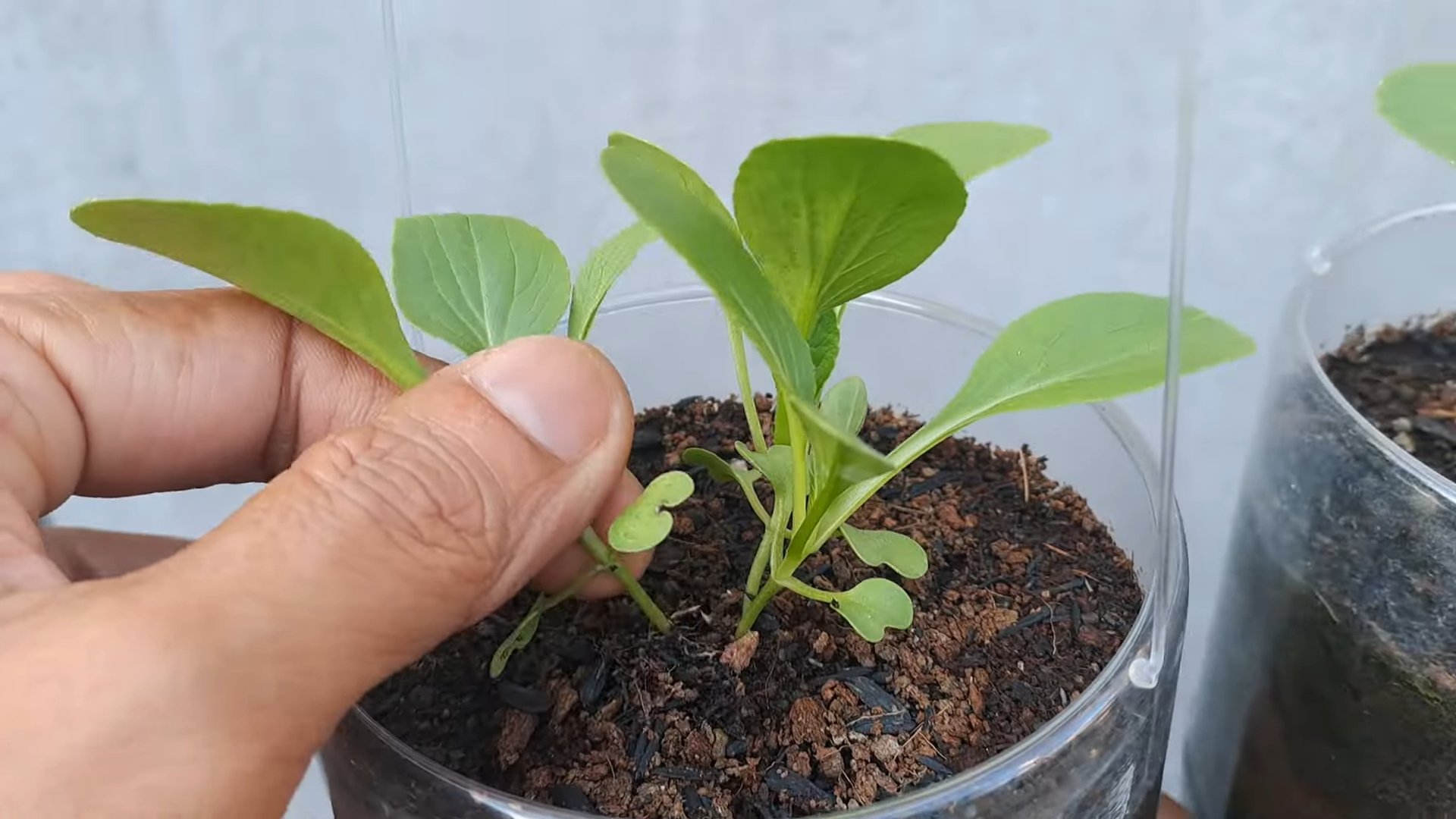
Conclusion
So, there you have it! Growing your own bok choy at home is not only achievable, but it’s also incredibly rewarding. From seed to stir-fry, the journey is filled with the satisfaction of nurturing something from the ground up and enjoying the freshest, most flavorful results. We’ve walked you through the simple steps, from choosing the right variety and preparing your soil to providing the perfect amount of sunlight and water.
But why is this DIY trick a must-try? Beyond the obvious benefit of having a readily available supply of fresh, organic bok choy, growing your own offers a unique connection to your food. You know exactly where it came from, how it was grown, and what (or rather, what wasn’t) used in its cultivation. This peace of mind is invaluable, especially in a world where food sourcing can be opaque. Plus, let’s be honest, there’s a certain pride that comes with serving a dish featuring ingredients you’ve grown yourself. It’s a conversation starter, a testament to your green thumb (or budding green thumb!), and a delicious way to impress your friends and family.
And the best part? You’re not limited to just one type of bok choy! Experiment with different varieties to discover your favorites. Try growing baby bok choy for its delicate flavor and tender leaves, or opt for a more mature variety for a heartier texture and bolder taste. Consider adding companion plants like marigolds to deter pests naturally, or interplanting with herbs like cilantro or dill to create a mini-garden ecosystem. You can even try growing bok choy in containers on your balcony or patio if you don’t have a traditional garden space. The possibilities are endless!
We’ve armed you with the knowledge and the inspiration; now it’s time to get your hands dirty! Don’t be intimidated if you’re a beginner gardener. Bok choy is a relatively easy vegetable to grow, and even small successes can be incredibly motivating. Start small, be patient, and don’t be afraid to experiment. Remember to observe your plants regularly, paying attention to their needs and adjusting your care accordingly.
We wholeheartedly encourage you to give this DIY trick a try. Imagine the satisfaction of harvesting your own fresh bok choy and incorporating it into your favorite Asian-inspired dishes. Think of the vibrant green leaves adding a pop of color and nutrition to your meals. Picture yourself sharing your homegrown bounty with loved ones. It’s a truly rewarding experience that we believe everyone should have the opportunity to enjoy.
So, grab your seeds, prepare your soil, and get ready to embark on your bok choy growing adventure! And most importantly, don’t forget to share your experience with us! We’d love to hear about your successes, your challenges, and any tips or tricks you discover along the way. Share your photos, your recipes, and your stories in the comments below. Let’s create a community of bok choy enthusiasts and inspire others to embrace the joy of growing their own food. Happy gardening!
Frequently Asked Questions (FAQ)
What is the best time of year to grow bok choy?
Bok choy thrives in cooler weather, making spring and fall the ideal times to plant. Avoid planting during the hottest summer months, as high temperatures can cause the plants to bolt (go to seed prematurely), resulting in bitter-tasting leaves. In warmer climates, you can grow bok choy throughout the winter. For a spring harvest, start seeds indoors 4-6 weeks before the last expected frost. For a fall harvest, sow seeds directly into the garden in late summer or early fall.
How much sunlight does bok choy need?
Bok choy prefers partial shade, especially during the hottest part of the day. Aim for at least 4-6 hours of sunlight per day. If you live in a particularly sunny area, consider providing some afternoon shade to prevent the leaves from scorching.
What kind of soil is best for growing bok choy?
Bok choy prefers well-drained, fertile soil that is rich in organic matter. Amend your soil with compost or well-rotted manure before planting to improve its fertility and drainage. The ideal soil pH for bok choy is between 6.0 and 7.5.
How often should I water my bok choy plants?
Bok choy needs consistent moisture to thrive. Water deeply and regularly, especially during dry spells. Aim to keep the soil consistently moist but not waterlogged. Mulching around the plants can help retain moisture and suppress weeds.
What are some common pests and diseases that affect bok choy?
Common pests that can affect bok choy include aphids, cabbage worms, flea beetles, and slugs. To control these pests, you can use organic methods such as handpicking, insecticidal soap, or row covers. Diseases that can affect bok choy include downy mildew and clubroot. To prevent these diseases, ensure good air circulation, avoid overwatering, and practice crop rotation.
How do I harvest bok choy?
You can harvest bok choy at any stage of growth, depending on your preference. For baby bok choy, harvest when the leaves are about 4-6 inches long. For mature bok choy, harvest when the heads are firm and the leaves are fully developed. To harvest, simply cut the entire head of bok choy at the base of the plant with a sharp knife. You can also harvest individual leaves as needed, starting with the outer leaves.
Can I grow bok choy in containers?
Yes, bok choy can be successfully grown in containers. Choose a container that is at least 12 inches deep and wide to allow the roots to develop properly. Use a well-draining potting mix and provide adequate sunlight and water. Container-grown bok choy may need to be fertilized more frequently than bok choy grown in the ground.
How do I prevent bok choy from bolting?
Bolting is when a plant prematurely flowers and goes to seed, often due to stress from heat or lack of water. To prevent bolting, plant bok choy during cooler months, provide adequate shade during hot weather, and water regularly to keep the soil consistently moist. Choose bolt-resistant varieties of bok choy if you live in a warm climate.
What are some good companion plants for bok choy?
Good companion plants for bok choy include:
* Marigolds: Deter pests like nematodes and aphids.
* Nasturtiums: Attract beneficial insects and deter pests.
* Dill: Attracts beneficial insects and repels cabbage moths.
* Cilantro: Deters aphids and other pests.
* Garlic: Repels aphids and other pests.
How can I use my homegrown bok choy?
Homegrown bok choy is incredibly versatile and can be used in a variety of dishes. It’s delicious stir-fried, steamed, sautéed, or added to soups and stews. You can also use it in salads, slaws, or as a side dish. The possibilities are endless! Experiment with different recipes and flavors to discover your favorite ways to enjoy your homegrown bok choy.


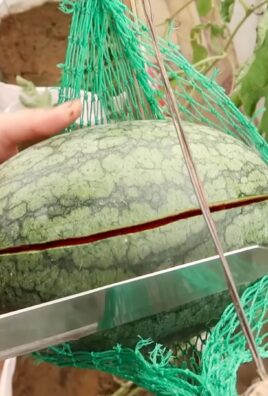
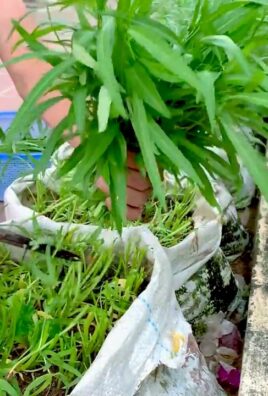
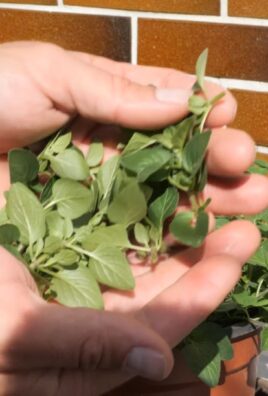
Leave a Comment